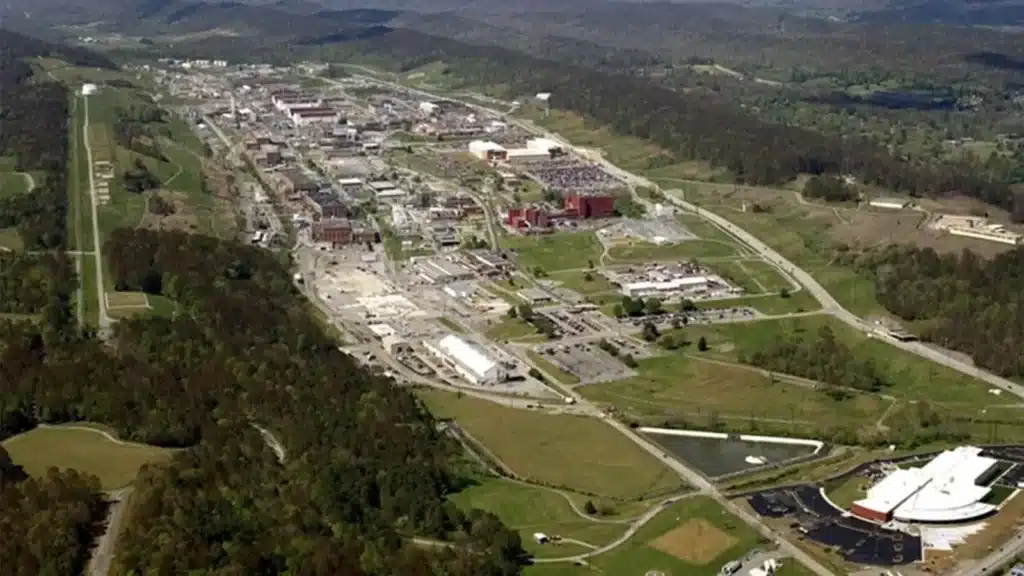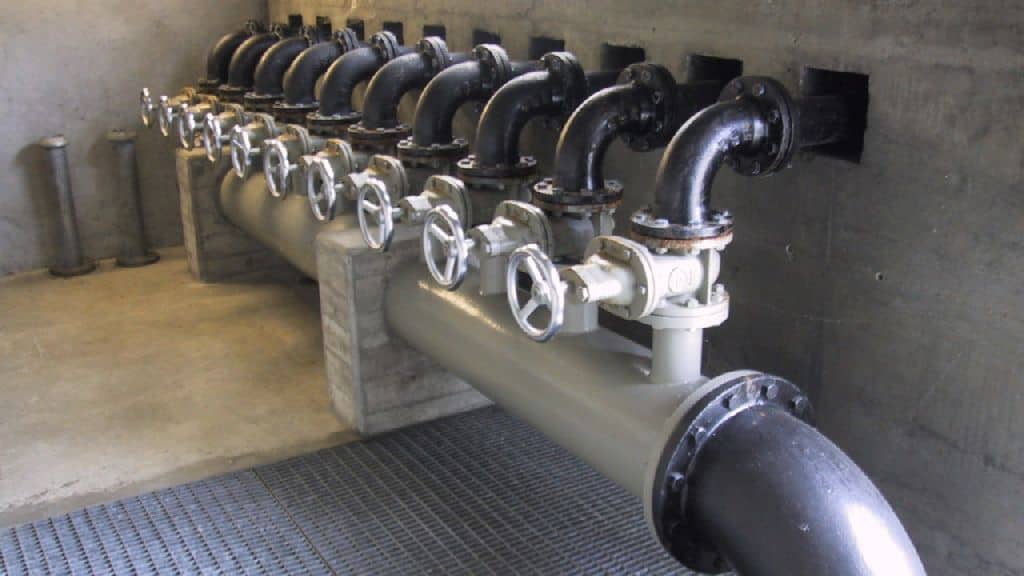How much the energy it literally flows under our feet!
This is the conclusion of a one-of-a-kind study carried out by researchers at Oak Ridge National Laboratory (ORNL). The study, published in the journal (I link it here) examines the energy potential that small and micro-scale hydroelectric generators bolted to existing water pipes could collect.
The analysis
Using both existing data from water regulators and new sensing and remote sensing techniques, the ORNL team has taken the first important steps toward realizing that we have a real, untapped energy source.
I'm talking about awareness (and it's a concept that is repeated in this study), because at least in the USA there is some hydroelectric energy using pipelines. “Only, that's 530 MW versus a potential 1,41GW,” he says Shih Chieh Kao, head of the ORNL water program. An amount of energy that, alone, could power more than a million homes.

Yeah, the pipelines. Why have we never thought about it?
Hydroelectric energy (even a bit of the nuclear one, to be honest) is facing serious challenges: climate change is starting to create serious problems for rivers, for example.
Exploiting water pipes for energy production would be a real blow: they would be distributed resources capable of producing small amounts of clean energy for local consumption.
“The untapped potential of pipelines represents a great opportunity to develop clean, renewable hydropower,” the study reads.
Energy from mains and beyond
To generate energy, ORNL writes in the study that it considers any "artificial water conveyance managed for the distribution of water for agricultural, municipal or industrial consumption" to be a possible source. A very large mesh, which also includes very small structures.
Most of the energy obtained would be used to stabilize the networks, and to reward "virtuous" energy consumption.
A good opportunity to kill two birds with one stone: many of our nets require maintenance regardless if not replacement. Changing the pipelines to take advantage of also introducing hydroelectric technology inside them would be fantastic.
Like most things, it will take time
The best thing about this idea is that time is in its favor. If a first analysis like this has highlighted so much potential, we just need to understand how much possible untapped energy we could obtain with a more detailed mapping of the pipelines.
And in this the study is very clear: the calculated amount of energy can actually be much larger.


